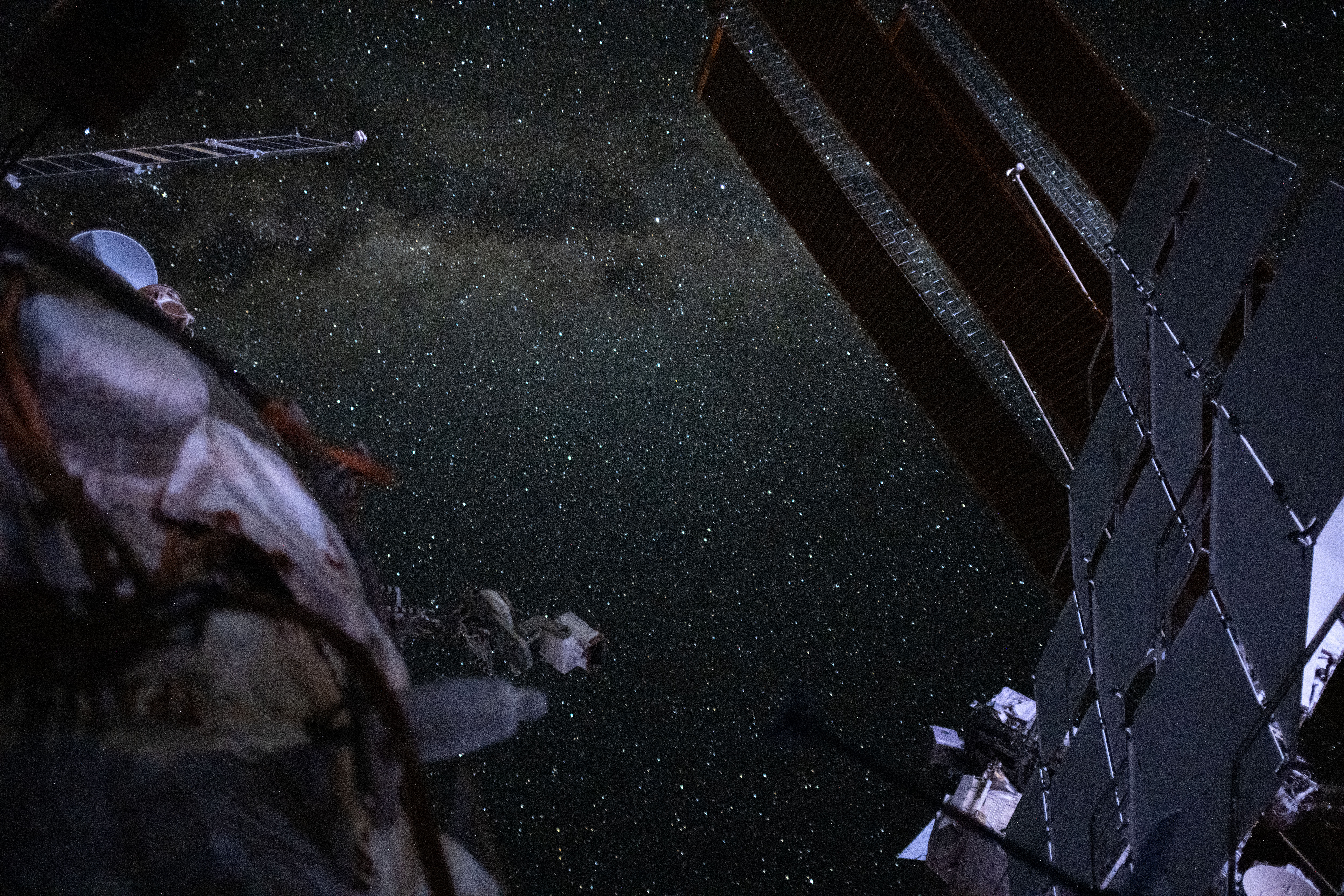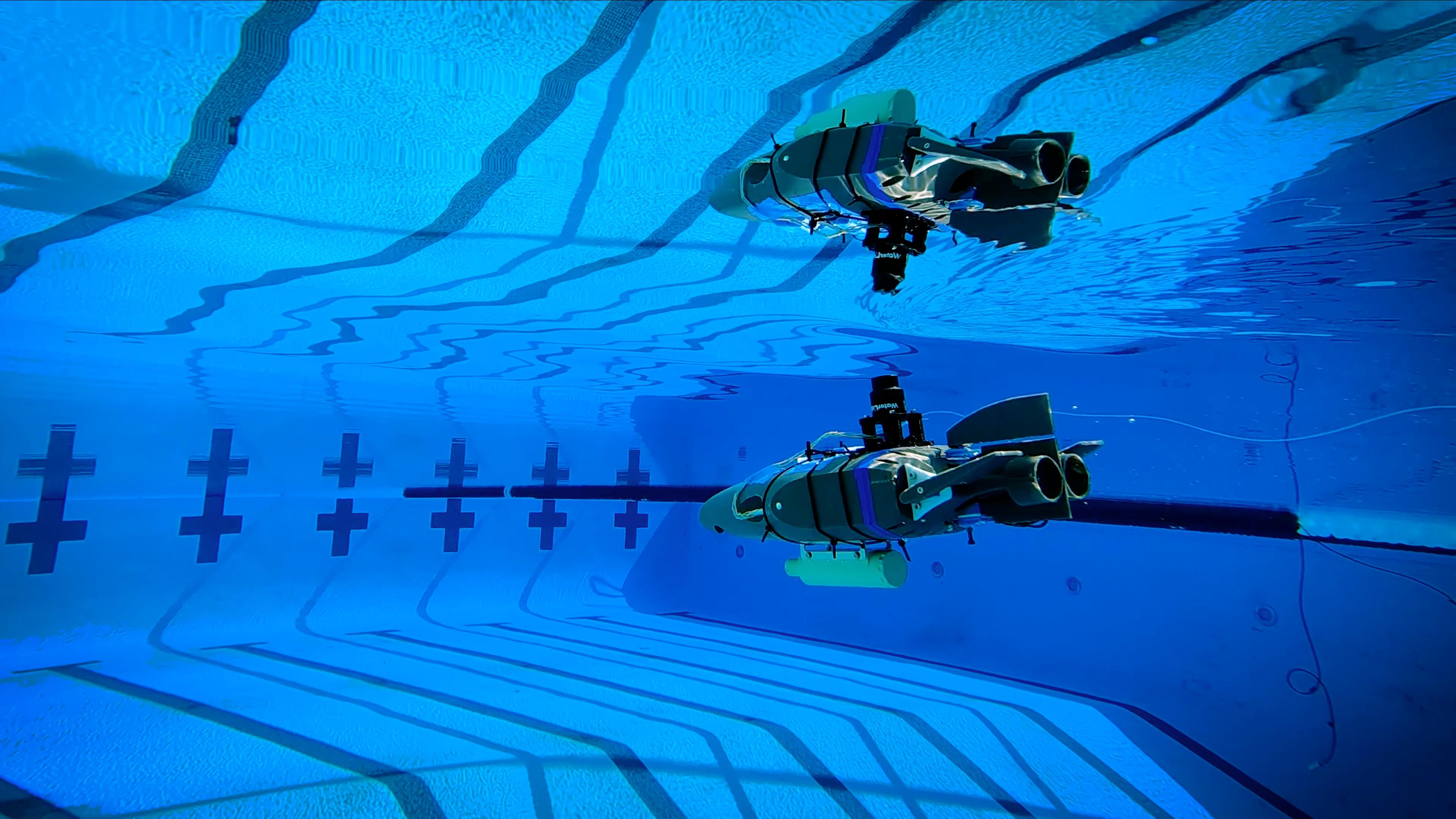Finnish prehistoric rock paintings (5000-1500 BCE) on the cliffs rising directly from the lakes are acoustically special environments.
When the lake levels have remained unchanged, these extremely smooth rock surfaces generate distinct single-repeat echoes, which accurately copy the given sounds, forming auditory mirror images that appear to emanate from behind the rock walls. The adjacent, more jagged lakeshore cliffs generate weaker and less distinct echoes, while the more or less contemporary dwelling sites on the sandy shores of the same water bodies have no audible echoes at all.
Recording from the ice or a raft
The acoustic measurement data were collected with a custom-designed recording raft or during the winter from the lake ice. The data shows that prehistoric hunter-gatherers approaching the rock painting sites by water entered a special sensory environment where reality sounded doubled.
"According to the psychoacoustic criterion used, the echoes are so strong that there is no reason to assume that the people in the past did not hear them," archaeologist Riitta Rainio estimates.
"So, people heard the painted elks talking and the human figures responding with a voice that resembled their own."
A digital reconstruction helps perceive the acoustics
In addition to the acoustic analysis, the researchers used impulse responses to make the acoustic characteristics of the rock painting sites perceptible to the public.
Perttu Kesäniemi and Mikko Ojanen recorded the artists' vocal and instrumental improvisations at the University of Helsinki Music Research Laboratory, and digitally added the acoustics of selected sites to them. Listen to the sound sample in Youtube.
Based on on-site and aerial LiDAR scans, Paavo Rinkkala and Jami Pekkanen created a digital 3D reconstruction of the Siliävuori site, which complements the audio demonstrations with a visual scenery and animated scenes from about 5000 years ago. Watch the video in Youtube.
Sound reflections participated in the activities
Ethnomusicologist Julia Shpinitskaya is excited about the results of the multi-year project:
"Although the sounds produced by prehistoric people are beyond our reach, this study brings out one key feature of the sensory experiences associated with rock paintings by the water -- that sound reflections strongly participated in the activities, making the cliffs energetic and active agents."
The possibility to communicate reciprocally with the physical environment or more-than-human reality may have been an essential reason why these cliffs were visited and painted, and why offerings were left to them. For the history of sound and music, the study provides an example of how significant a role sound reflections could have in past societies.
The work was part of the Academy of Finland funded project Acoustics and auditory culture at hunter-gatherer rock art sites in Northern Europe, Siberia and North America (2018-2023).

 By Science Daily (Science) | Created at 2024-11-25 20:16:01 | Updated at 2024-11-25 22:27:51
4 hours ago
By Science Daily (Science) | Created at 2024-11-25 20:16:01 | Updated at 2024-11-25 22:27:51
4 hours ago








